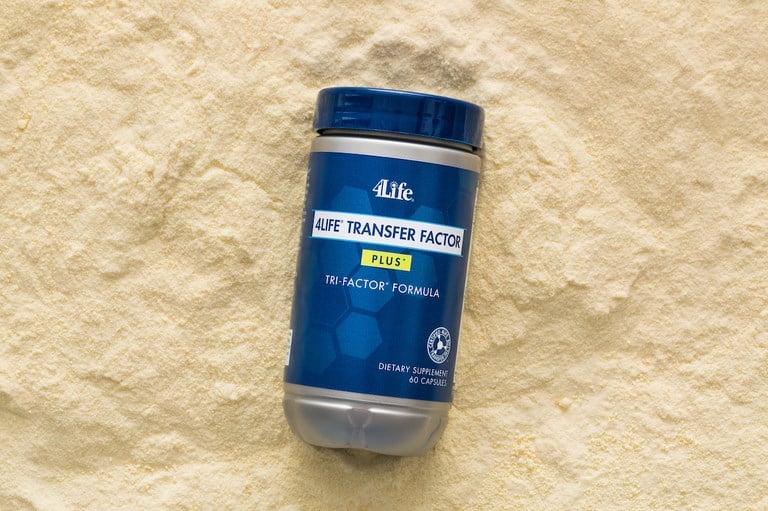What a difference a few years make. Previously, digital strategy in the biopharma industry consisted of a series of isolated projects and fragmented channels, websites, and portals. Today, omnichannel digital engagement is the way of doing business, driven by declining in-person access to healthcare professionals (HCPs).
Over this time, the number of digital-savvy HCPs has increased, as physicians prefer to engage biopharma brands in a variety of digital channels. At the center of the industry’s transformation is the need to create better digital experiences for HCPs and empower field teams with content to educate doctors on the latest therapeutics for their patients.
But long, complex approval processes and constantly evolving regulatory guidelines that vary by region make it extremely difficult to quickly create, track, deliver, and maintain compliant digital experiences and promotional materials. Commercial teams struggle to maintain brand consistency and ensure compliance because they work across multiple digital tools and content platforms.
Companies are now moving toward a new model of digital experience management by integrating their digital tools and systems to streamline how they deliver digital experiences across territories, brands, sites, and channels. This allows marketers to create, adapt, and scale compliant content and create the personalized, seamless digital experiences HCPs expect across touchpoints using medical, legal, regulatory (MLR) approved assets and publish them much faster.
Moving ahead, biopharma organizations will use modular digital experience platforms (DXPs) to plug-and-play various systems — DAM, CMS, CDP, CRM, analytics — and consolidate the entire digital ecosystem onto a single interface. This will help unify digital content creation with MLR review to simplify content reuse, claims management, and multichannel publishing.
Improve content reuse and speed MLR review
Companies experience inefficiencies because of multiple systems needed to create and publish promotional content. Brand teams often have distinct MLR workflows and requirements, adding to the complexity in getting content approved. This leads to costly delays in creating content and delivering the digital experiences HCPs want. Organizations are now shifting to modular approaches to accelerate two key areas: composing digital experiences and creating content.
A modular DXP allows brand teams to still use their preferred systems without having to switch between tools, while also giving the organization a common way to create digital content and experiences. Marketers can build customized HCP and patient portals, brand pages, and content with zero code and no help from IT or a developer.
Integrating digital tools used for MLR with a modular DXP also unifies authoring with MLR review to power modular content. Instead of building assets from scratch every time, brand teams access and use MLR-approved modules such as text, images, and claims to create new, polished assets and pages using a DXP.
This speeds MLR review and encourages content reuse because modules are already compliant and ready for reuse across brands and global teams, significantly reducing production costs. When marketing reuses pre-approved modules, MLR teams have greater confidence that assets meet compliance, and subsequent approvals of new content is much faster.
Effectively control claims and stay compliant
Biopharma companies typically have multiple brand creative and marketing teams—either internal or outside agencies — developing hundreds of web pages, portals, and related content with various product claims. When these claims change, sites and content need to be updated everywhere, a nearly impossible task for marketers that creates major compliance risks.
Integrating digital tools under a DXP simplifies tracking claims across content and digital channels. Once content is MLR-approved, they are tagged by brand, geography, and language and consolidated in a shared pool of assets. Marketers can access claims, references, and content modules in the DXP, and enhance content traceability with claims.
Because the tool of choice for MLR stays the single source of truth, once content modules are MLR-approved, they stay approved. Any time changes are made to a claim, they are synced automatically to keep content updated and compliant. Content will always reference the latest approved claims, so marketers can be confident that older versions of content will no longer be used anywhere across all digital channels, pages.
For marketers, this seamless integration between tools ensures real-time accuracy of claims with no manual intervention, anywhere a claim exists. For MLR teams, they can improve their workflows and processes with brand and digital marketing teams to significantly reduce risk to commercial and medical affairs organizations.
Publish content faster across many channels
Brand and marketing teams are often stuck in the middle of multiple systems. They move back and forth between digital tools to find the right text, images, and claims, download them, and create the digital experiences and content HCPs need.
Unifying digital content creation and MLR dramatically streamlines content management to deliver compliant promotional materials faster across many different channels. Marketers can access and browse MLR-approved product claims, images, text, and modular assets and quickly create and update portals and web pages across channels from within the modular DXP – without switching between systems. Organizations can also set permissions to limit what modular assets people can access based on their roles.
This not only leads to smoother and faster content authoring and publishing, but empowers brand, marketing, and digital teams to quickly deliver the content and experiences HCPs desire. Marketers can continually keep their digital channels fresh with new content and rich media that gives HCPs the relevant information they need, when they need it.
Streamline content and digital operations
The biopharma industry’s digital journey over the past several years has had a far-reaching impact. Commercial teams are much more efficient and effective than ever before. Organizations are delivering digital experiences and content to HCPs on a much larger scale than was previously possible.
Integrating digital tools will advance things even further and help marketers and MLR teams maintain brand consistency and ensure compliance across digital and content operations. By unifying content authoring and MLR review, commercial teams are simplifying content reuse, claims management, and omnichannel publishing in different portals, websites, and social media accounts.
Most importantly, brands can swiftly respond and keep pace with HCP needs for timely and relevant information, deliver compliant content to market faster, and improve digital engagement. Ultimately, this will pave the way for a better HCP experience and give them the information they need to improve how they care for their patients.
Photo: Eskemar, Getty Images

Jan Schulte is the head of group consulting at Magnolia, a company with a leading modular Digital Experience Platform that helps biopharma companies quickly and easily deliver digital experiences to healthcare professionals and patients. Working at the intersection of business and technology, Jan helps Magnolia biopharma customers succeed with their content management and digital experience initiatives, framing solutions to their custom challenges and opportunities.
This post appears through the MedCity Influencers program. Anyone can publish their perspective on business and innovation in healthcare on MedCity News through MedCity Influencers. Click here to find out how.





